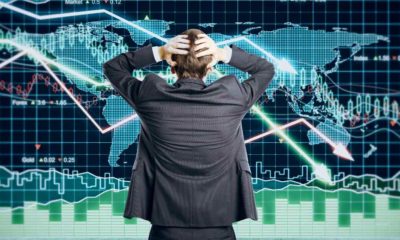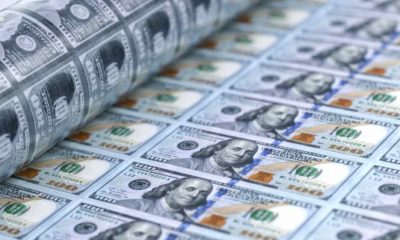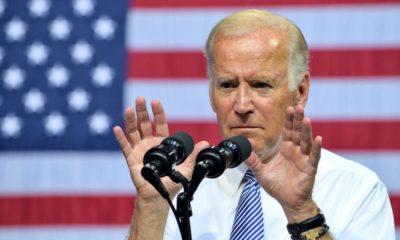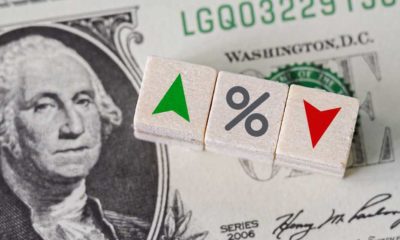Commodities
New Driver Of Economy Emerging
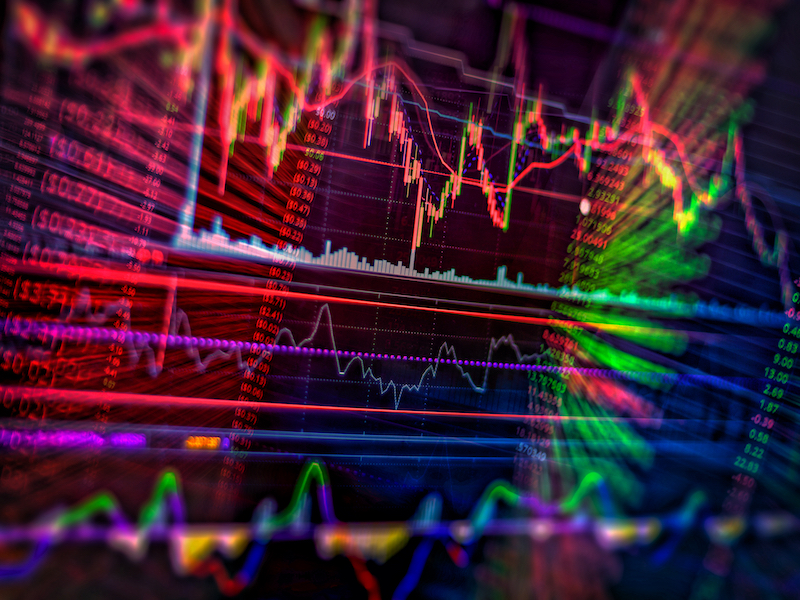
Data from industrial seems to be unstable. From before, it is showing to be helpful in explaining the short-term fluctuations in the economy.
On the other hand, the less examined services sector is doing a larger role in the general output and employment figures not only in US but also on the globe as well.
This may now be a better instrument of what is going in the world.
Services employment aggressively rushed to 46% of the global sum in 2016. This is an increase from 34% during 1991. For the past 25 years, around 75% of a billion new jobs created worldwide have been in this sector. This is according to the numbers cited by a Macquarie team which is led by David Doyle.
Likewise, there are variables or as we say, drivers of economy that needs to be considered from time to time. They are the following;
- inflation
- interest rate
- monetary policy
- exchange rates
- fiscal policy
[buffet_recommended]
Inflation exists when the general price level rises, each unit of currency buys fewer goods and services. Consequently, inflation also reflects erosion in the purchasing power of money over time. An interest rate is the cost that borrower pays a lender for borrowing principal sum of money for a period of time. Moreso, monetary policy is the process by which the central bank or monetary authority of a particular country controls the money supply. An exchange rate is the rate at which one currency is exchanged for the other. There are factors that determine the exchange rate of a particular currency and how it changes over time. Lastly, fiscal policy is the use of taxes to influence economic conditions and the economic outlook. It is separate from, but used in conjunction and in co-ordination with monetary policy, the other major lever of economic policy.

